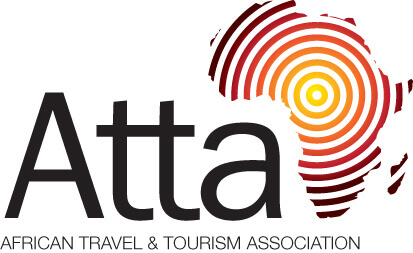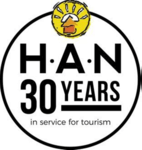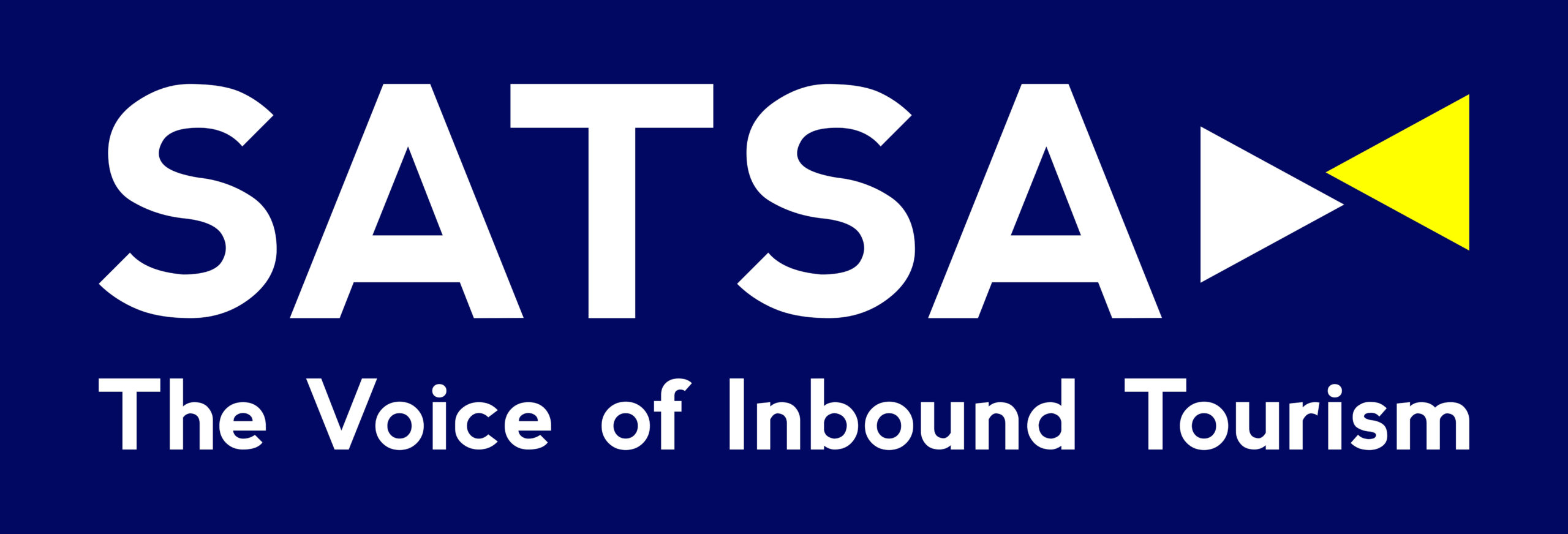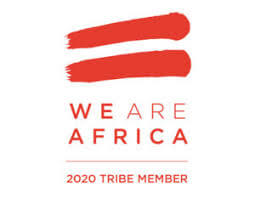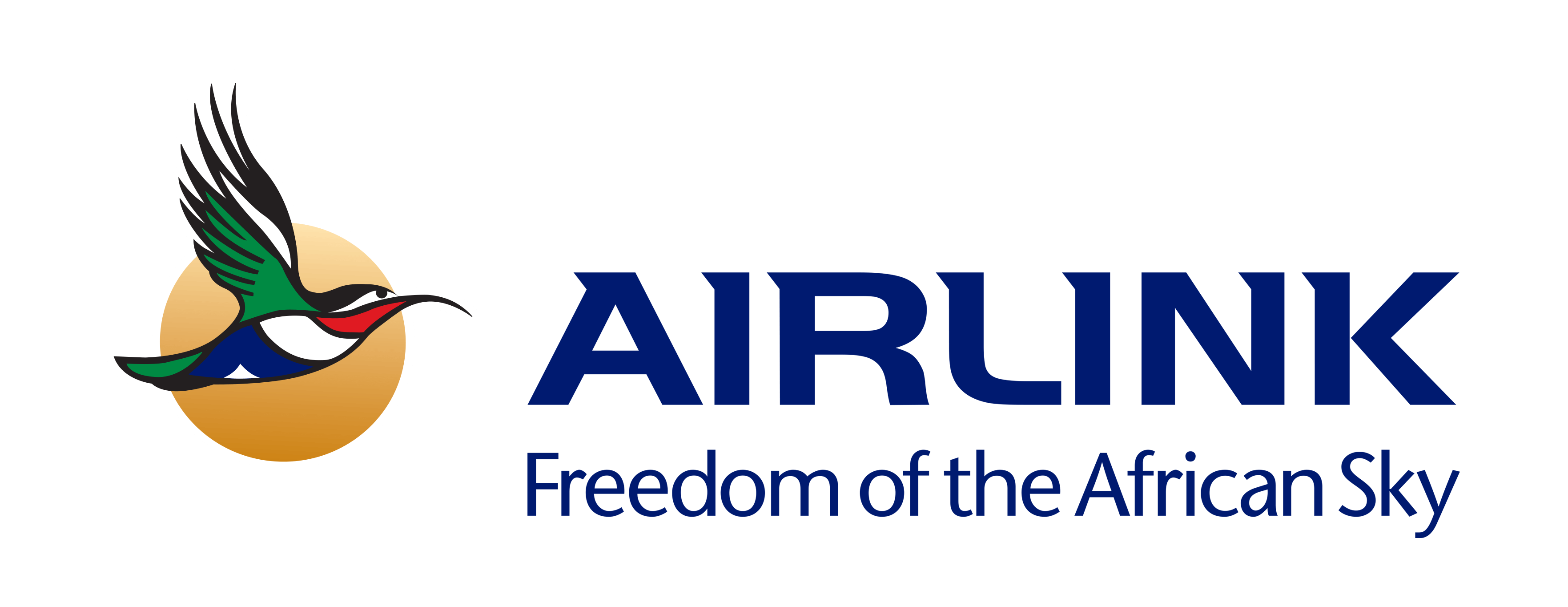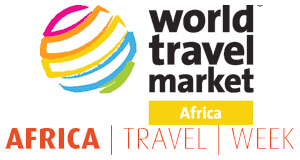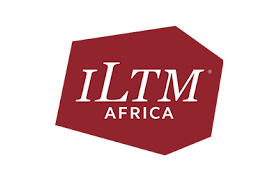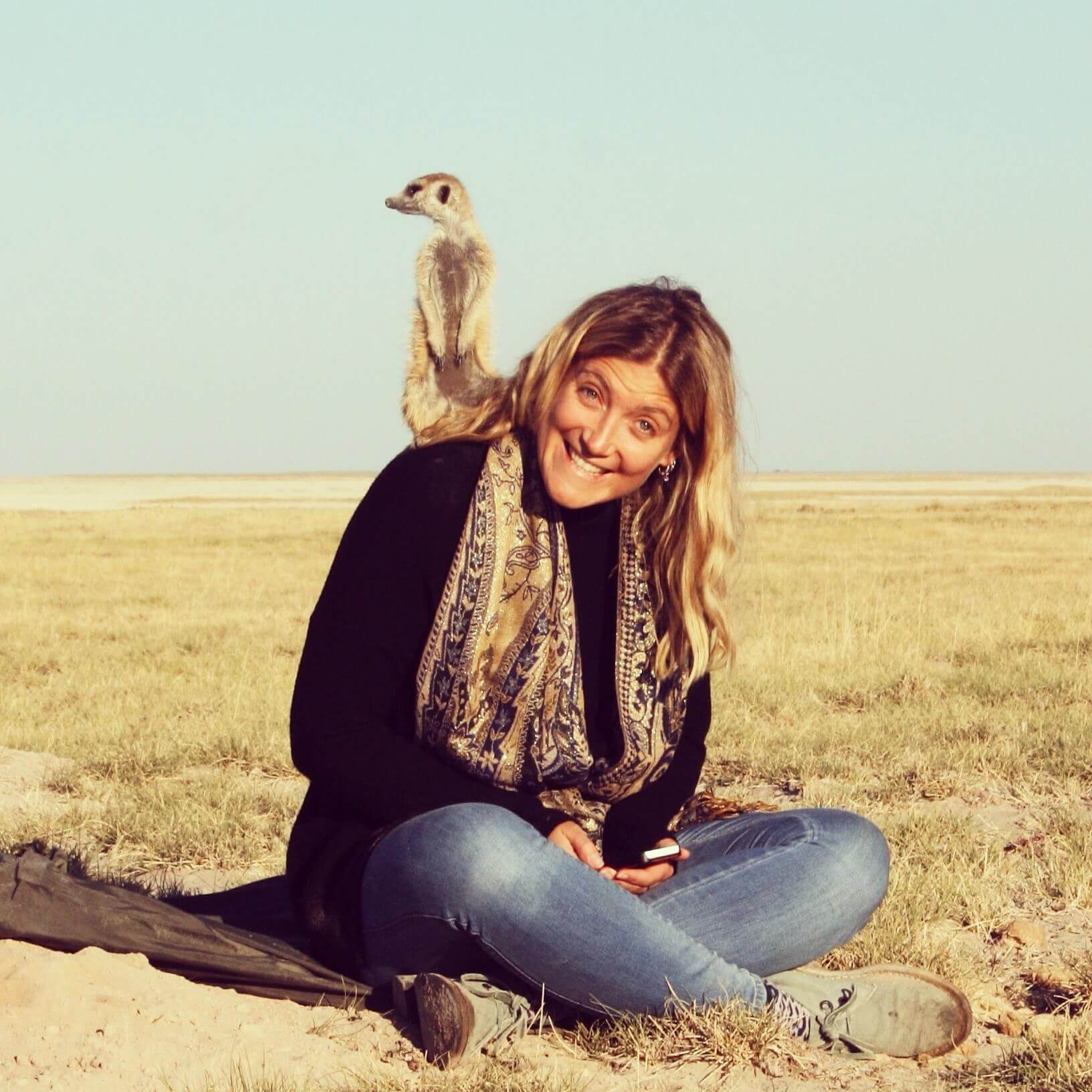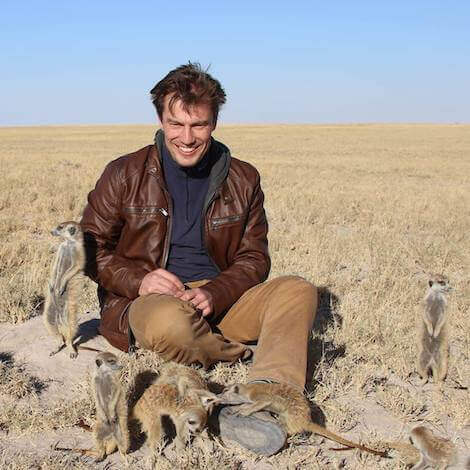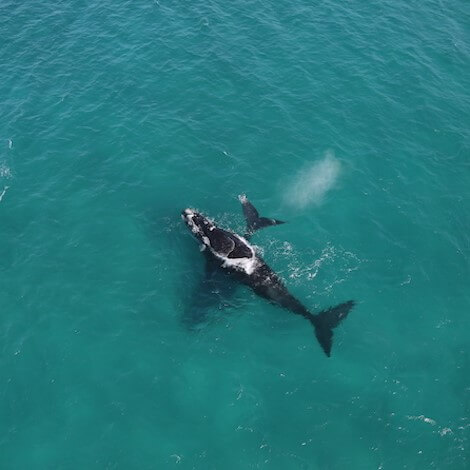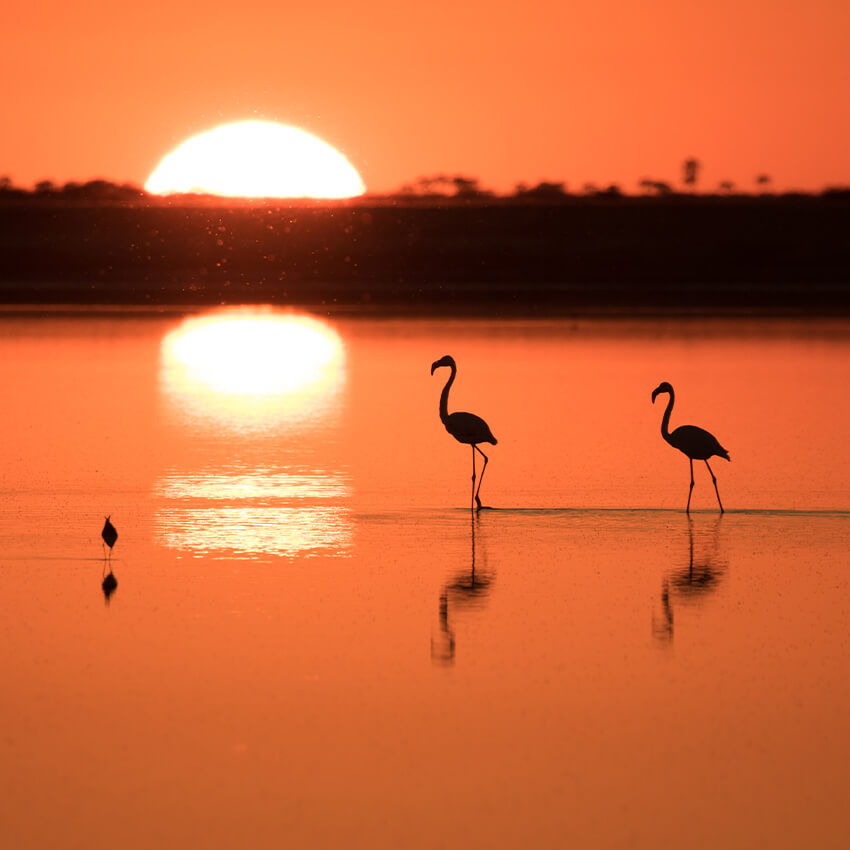Meet Our Characters: Dr Julian Fennessy
 Pru Allison
Pru Allison
 February 28, 2018
February 28, 2018
We’ve been itching to get some projects off the ground in Namibia, and we’re thrilled to be working alongside Julian Fennessy, director and co-founder of the Giraffe Conservation Foundation on our new Hoanib Valley Camp. We caught up with the man himself to learn more about his wonderful work.
Where are you originally from?
“I was born and raised in Melbourne, Australia, and fortunate enough to spend a year as a Rotary Exchange student in Johannesburg, South Africa when I was 16 years old. That was my first exposure to the continent.”
Where are you based now?
“We live in Windhoek, Namibia – a definite secret corner of the world. It’s Africa for beginners!”
How did you become interested in giraffes?
“In 1997 l was fortunate to move to Windhoek, Namibia for the first time working as an Australian development worker focusing on support and training in environmental education. Following a year of working with the Government of Namibia, l moved over to work as an ecologist for the Desert Research Foundation of Namibia, a local NGO. During this time I started to look at the interaction of elephant and giraffe in the arid northwest of the country, and decided that because of the lack of knowledge of giraffe, that l couldn’t possibly be wrong if l continued to study this critter more!”
Please tell us about the work the Giraffe Conservation Foundation does, and your role within it all.
“The Giraffe Conservation Foundation (GCF) is the only organization in the world to be solely focusing on the conservation of giraffes across Africa. As a Namibia-based international NGO, we currently work and support giraffe conservation and management efforts in 14 different countries. My wife Steph and l co-founded and are co-directors of GCF, guiding its activities and efforts along with a small team of dedicated Africans working across the continent.”
What is the current conservation status of giraffes in Namibia?
“Namibia is a giraffe conservation success story – bucking the trend of a 40% decline in three decades for giraffe across their range in Africa. Numbers have more than doubled in the same timeframe in Namibia and their range has expanded, with valuable conservation translocations across public, private and communal land. Whilst a small amount of localized poaching has been reported, good conservation management overseen by the Ministry of Environment and Tourism has been the backbone of this success.”
What role will Hoanib Valley Camp play in giraffe conservation, and what can guests there expect?
“It is envisioned that the Hoanib Valley Camp will be the first-ever dedicated conservation base for giraffe conservation in northwest Namibia. Not only will we as the Giraffe Conservation Foundation base our conservation efforts from there in partnership with Natural Selection Safaris and the local conservancies, but it will serve as a place to share information and experiences on this unique, desert-dwelling population of giraffe. Long-term monitoring of giraffe is key to understand what is going on and provide support to long-term management.
Guests will be able to interact with some of the GCF team whether it be chatting about the current situation in the area or Africa-wide or getting hands-on experience in finding giraffe in the field and gaining a better understanding of how they live in this harsh environment. This is a unique opportunity to link private-communal-NGO sectors for conservation.”
Why are giraffes in the Hoanib area particularly interesting?
“The Hoanib River and its surrounds are so unique with giraffe – and many other large mammals – surviving in a landscape of fewer than 100 millimeters of rainfall per year! That is nothing! After many years of conservation research, we have untangled some of the mysteries of these giraffes, such as where they move, what they eat and importantly, how do they survive in an area with so little water. One of the most fascinating findings we have had is that for five years we never saw a giraffe drink and after assessing where they moved and what they ate, we deduced that they got enough water from the food they ate, changing their diet monthly! The world’s tallest animal can essentially live independent of free water – that is amazing!”
Visit www.giraffeconservation.org for more information.
Image credit: Giraffe Conservation Foundation
Special Offers
Our special offers are designed to help you experience everything southern Africa has to offer whilst also saving some all-important pennies. Whether you’re about to embark on a once-in-a-lifetime solo trip, or are celebrating a special occasion, have a peek at our offers and see what could be in store for you.
